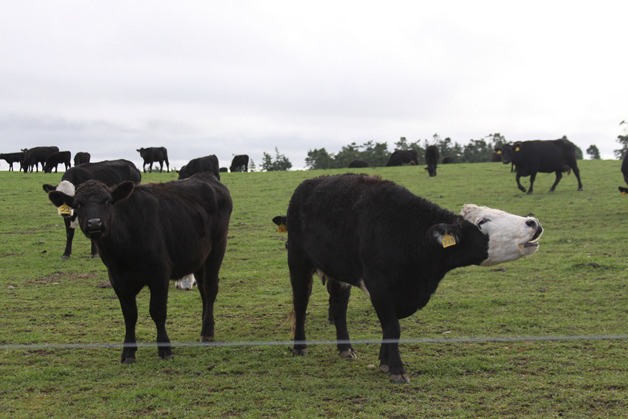A proposed change to a law aimed at preserving farmland and open space could result in higher taxes for some Washington property owners, including in Island County.
House Bill 2306 would expand a tax classification on land actively used for agriculture, timber production or undeveloped open space. While property tax is generally assessed on the market value of a parcel, the state’s Open Space Taxation Act allows land to be taxed at a lower rate based on its current use, such as farming.
Under the current law, if a farming operation is 20 acres or more, the parcels must be contiguous in order to be eligible for the lower tax classification.
The bill proposes to take out the “contiguous” stipulation, opening up this tax classification to farms that have multiple parcels that total 20 acres or more but aren’t necessarily touching each other.
While the bill’s sponsor, Rep. Kristine Lytton, D-Anacortes, said her goal is simply the preservation of farmland, some tax assessors worry that the bill may result in an unfair tax shift.
Island County Assessor Mary Engle said that parcels under 20 acres would be able to partner with larger farms, allowing them to be taxed under the lower rate. This could cost a shift of taxes onto other farmers, Engle said, but she wasn’t clear about how that might play out for Island County.
Island County contains roughly 10 farms over 20 acres, Engle said, with the rest of the farms existing as small-scale operations on smaller parcels.
Engle said that the law change, as proposed, contains no requirement of proof that the larger farm is actually doing the farming on the smaller parcel.
For that reason, farms smaller than 20 acres could slip through under the lower tax rate.
For example, on a Coupeville farm less than 20 acres that is assessed at $800,000, its current tax bill of $8,000 would drop to $2,000 if the small farm was able partner with a larger farm.
“How do you audit that if you don’t have to prove anything?” Engle said. “You could start seeing a tax shift if people figure out [how] to work the system.”
Statewide, the average farm size has decreased by about 12.5 percent from 2003 to 2012, but the number of farms increased by about 7 percent during the same time period, according to a report from the United States Department of Agriculture.
It’s hard to know how much of a tax shift could result from allowing more parcels to qualify for the lower tax rate, as there’s no estimate of exactly how much land could be eligible, says Yakima County Assessor Dave Cook.
Each county in the state collects a specific amount of property-tax revenue, with the total amount spread across all taxable properties.
When some properties are assessed at a lower rate, the other properties in the taxing district must make up the difference. Depending on how much property is eligible to be assessed at the lower agricultural rate, the increase in property taxes paid by others in the district could be significant.
Cook says the legislation could result in a $70 million loss of assessed property value in Yakima County because more farmland would be assessed at its current use rather than market value. Property owners with a decrease in assessed property value will likely pay less in taxes, a difference that would have to be made up by other taxpayers in the county.
“The tax-shift implications are significant when you go on a statewide basis,” Cook said.
Reporter Rebecca Gourley contributed to this story.



